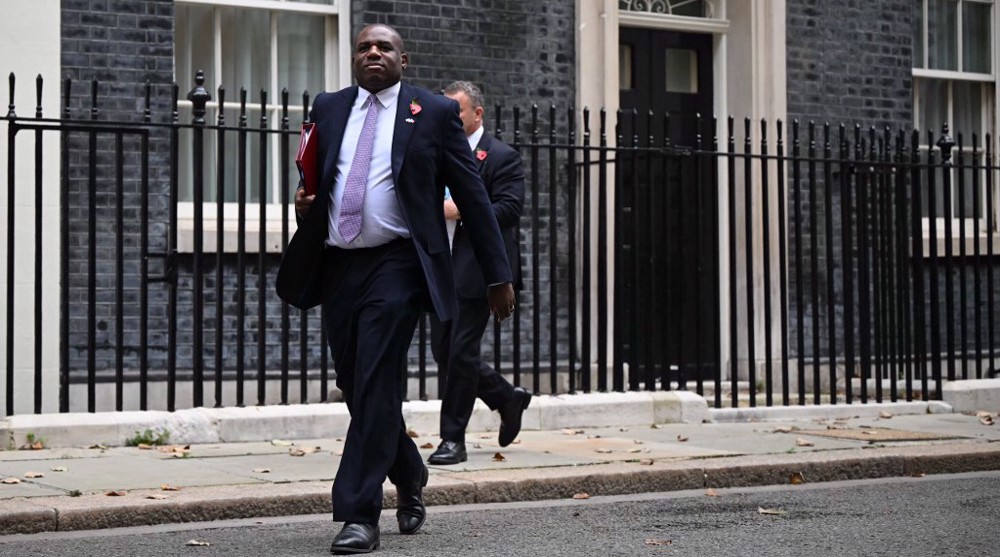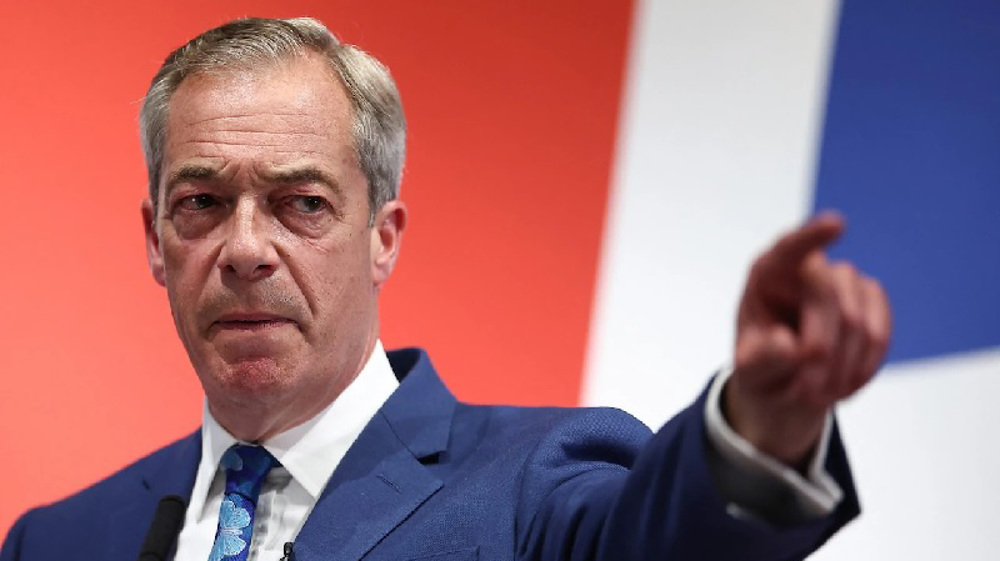Theresa May formally confirmed as new British Prime Minister
Theresa May has been confirmed as the new British Prime Minister by Queen Elizabeth ll, replacing David Cameron as head of the UK government.
Before May's visit to Buckingham Palace on Wedneday, the Queen accepted Cameron's resignation as prime minister.
May, 59, has become Britain’s second ever female prime minister after Margaret Thatcher.
Cameron left No 10 Downing Street on Wednesday for the last time after his final appearance in Parliament as UK prime minister.
In his farewell statement outside Downing Street earlier on Wednesday morning, Cameron said May would provide "strong and stable leadership."

May inherits a long list of political and trade challenges in the divided country that voted last month to leave the European Union (EU).
Her rise to the leadership came after three weeks of chaos following the Brexit vote which prompted Cameron to announce his resignation.
After Cameron said he would resign, several Conservative lawmakers scrambled to replace him.
Days of political campaigning set aside potential successors, and voting by lawmakers further narrowed the field to two candidate: Anti-Brexit May and the pro-Brexit Andrea Leadsom.

According to UK constitutional rules, the position of premiership is chosen by the party with enough seats in parliament to form a government; in this case the Conservative Party.
The Conservatives won a majority in Parliament during last year’s general election.
The party is free to choose who it wants as head of government until the next mandated national election takes place in 2020.
VIDEO | Beirut’s southern suburbs targeted in 'heavy' Israeli strikes
Haaretz: Over 10,000 Israelis have migrated to Canada this year
VIDEO | Press TV's news headlines
Official: Iran to respond ‘decisively’ to any threat to its nuclear program
Nearly 70 Mossad-linked terrorists killed or captured in southeast Iran
What collapse of German coalition government means
Iran, Syria emphasize need to stop Israeli atrocities in Gaza, Lebanon
Clinton whisked away amid pro-Palestine protest at Belfast university










 This makes it easy to access the Press TV website
This makes it easy to access the Press TV website